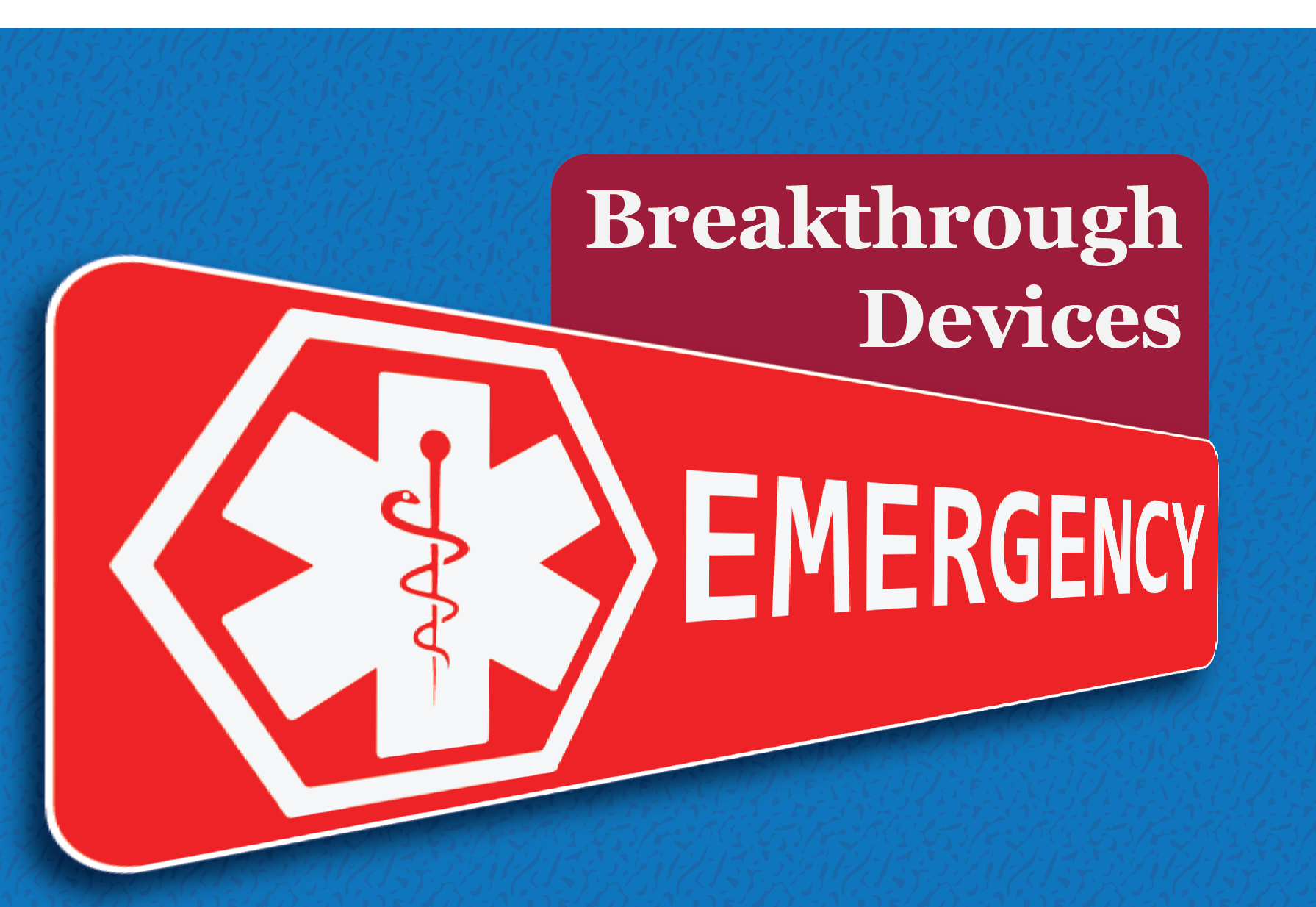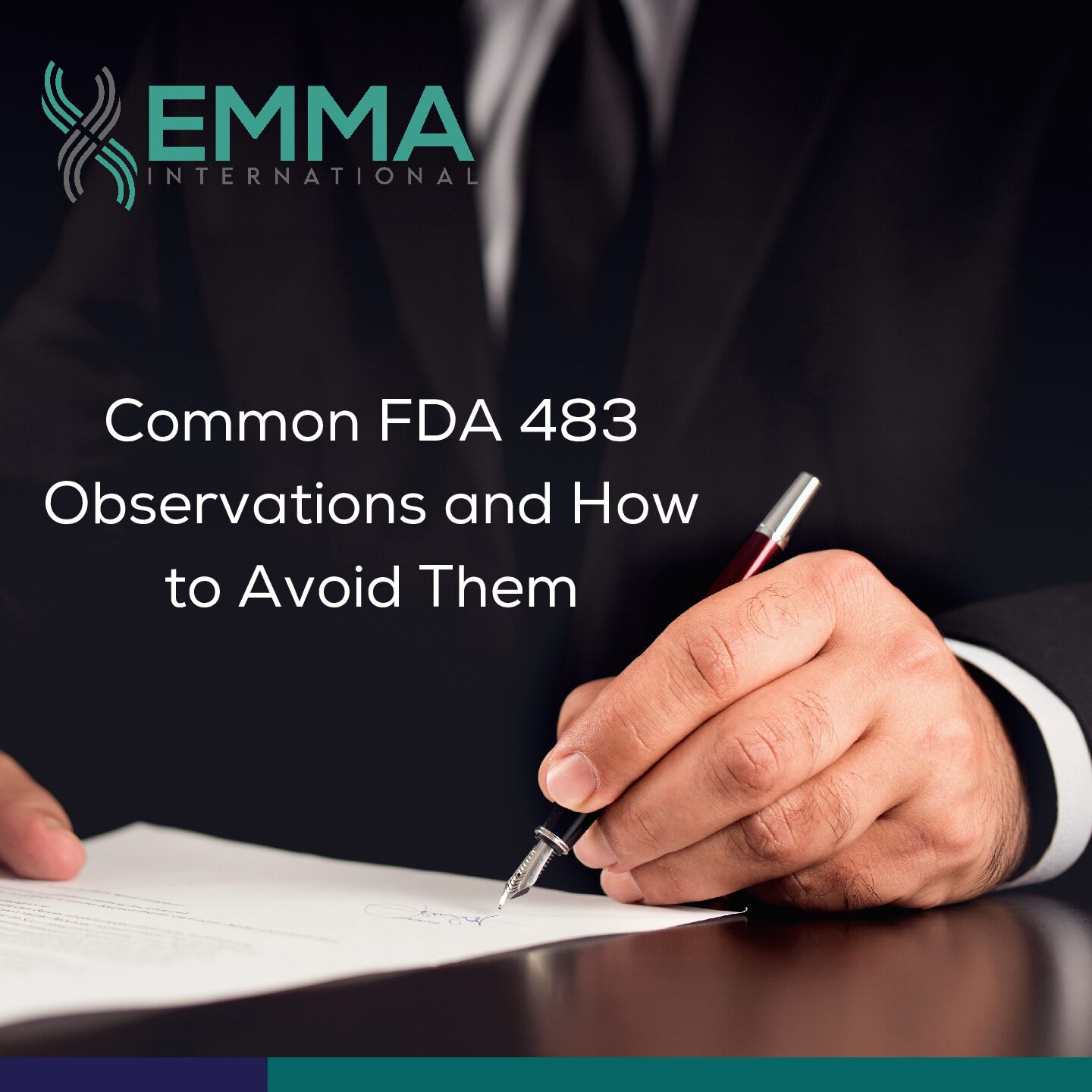Do you have a medical device that treats or diagnoses a life-threatening disease? If yes, your device may be eligible for an expedited review pathway called the Breakthrough Devices Program. The FDA defines a breakthrough device as any device (or device-led combination product) that will “provide for more effective treatment or diagnosis of life-threatening or irreversibility debilitating diseases or conditions.”1 This voluntary program was developed by the FDA as a way to expedite the development, assessment, and review of these devices in order to get them on the market and to patients who need them much quicker. If your device goes through the Breakthrough Devices Program, you can expect prioritized review of your submission and more timely communication from the FDA, since the goal is to get life-saving devices on the market and available for health care use.
While an expedited FDA review pathway sounds like a dream come true, there are strict criteria for device eligibility that you must meet first. For any device that is subject to PMA’s, 510(k)’s, or requests for De Novo the following criteria must be met in full in order to receive Breakthrough Device Designation:
- The device provides for more effective treatment or diagnosis of life-threatening or irreversibly debilitating human diseases or conditions.
- The device also meets at least one of the following:
- Represents breakthrough technology
- No approved or cleared alternatives exist
- Offers significant advantages over existing approved or cleared alternatives
- Device availability is in the best interest of patients2
If your device meets these criteria, you can request a Breakthrough Designation at any time prior to sending the FDA your PMA, 510(k), or De Novo request.
The Breakthrough Device Program is arguably the least popular device pathway offered by the FDA; however, the Agency plans to continue to modify the program and get life-saving devices on the market quicker. At the end of 2018, it was reported in a statement from the former FDA Commissioner Scott Gottlieb that since the inception of the program was authorized in 2016 “…110 devices have received a Breakthrough Device designation and eight have received marketing authorization”.3
1FDA (May 2019) Breakthrough Devices Program retrieved on 11/10/2019 from: https://www.fda.gov/medical-devices/how-study-and-market-your-device/breakthrough-devices-program
2FDA (December 2018) Breakthrough Devices Program Guidance Document retrieved on 11/10/2019 from: https://www.fda.gov/medical-devices/how-study-and-market-your-device/breakthrough-devices-program
3Gottlieb, M.D. (December 2018) FDA Statement retrieved on 11/11/2019 from: https://www.fda.gov/news-events/press-announcements/statement-fda-commissioner-scott-gottlieb-md-and-jeff-shuren-md-director-center-devices-and-0







